
The cost to relocate washer and dryer hookups varies based on location, as well as whether your moving the appliances and adding new hookups. We’ve compiled a full price breakdown here.
Catalytic, non-catalytic, cast iron—all the options are cozy


When buying a wood stove, a wood stove pro can help you consider the ignition source, material, design, and style.
Catalytic wood stoves trap hazardous gases but are more expensive to operate and maintain than non-catalytic stoves.
Wood stoves are made from steel, cast iron, and soapstone, which vary in heat retention, aesthetic, and price.
Your best-fit solution depends on how you plan to use it, such as whether it’s for heating your whole home or just for aesthetics.
There’s nothing quite like a wood stove for creating ambiance fused with a toasty heat source. But with so many different types of wood-burning stoves on the market, choosing one can feel the opposite of cozy. Fortunately, the decision becomes much easier once you understand the available options. Let’s break it down.
There are two main types of wood stoves: catalytic and non-catalytic. We’ll start by explaining the difference.
No matter which you choose, your local wood stove company can help you with setup and installation. Wood-burning stove installation costs far less than installing a traditional fireplace and chimney on average, so you can enjoy a toasty crackle without breaking the bank.
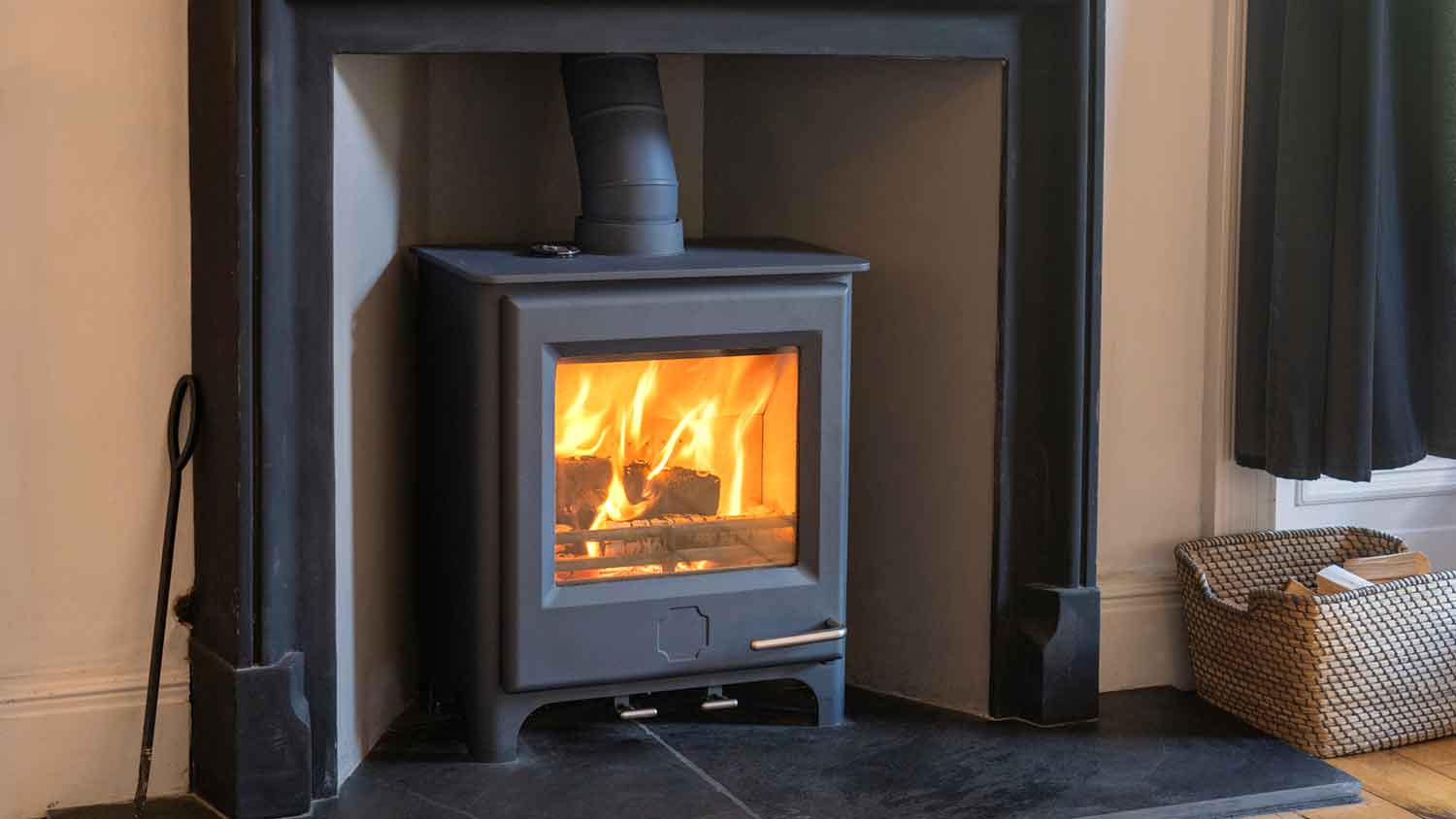
All wood-burning stoves create smoke, including hazardous gases like carbon monoxide. Catalytic wood-burning stoves include a catalytic combustor, which can help trap these icky exhaust products.
Catalytic wood stoves tend to be more efficient and sustainable than non-catalytic versions—but they’re also more expensive since catalytic combustors include precious metals like platinum. Using chemical fire-starters or cheaper types of wood may break down your catalytic combustor more quickly, and replacements can be costly.
| Pros | Cons |
|---|---|
| Can be more efficient, which means less fuel costs in the long run | More expensive up front |
| Greener and more sustainable for the environment | Catalytic combustor wears out over time and will need to be replaced |
| Tend to burn hotter than non-catalytic stoves | Susceptible to damage if you’re using lower-quality fuel sources |
Best for: Those who live in very cold climates or plan to use their stove as a primary heat source
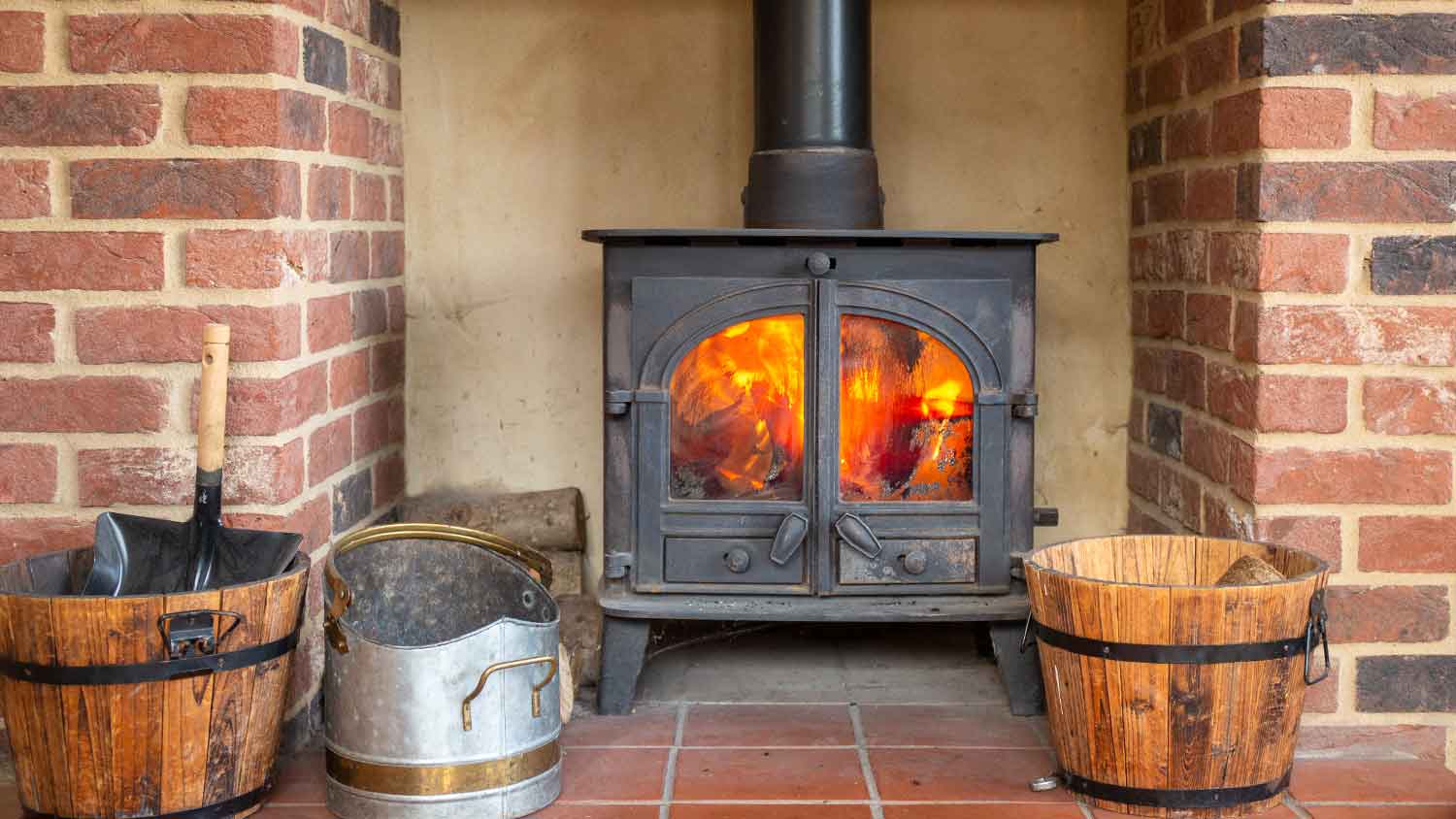
Non-catalytic wood stoves are more straightforward and lower-tech than catalytic ones, using a burn system known as a baffle to pump air into the stove so the fire will burn.
Non-catalytic wood stoves cost less up-front than catalytic stoves but may burn fuel less efficiently, especially at lower temperatures, and create more smoke and ash. However, their maintenance regime is simple, and any wood stove part replacements or repairs tend to be less expensive.
| Pros | Cons |
|---|---|
| Less expensive than catalytic stoves up front | Shorter burns |
| Easy and straightforward to maintain | Less efficient |
| Replacements and repairs are affordable | Greater ash and emissions |
Best for: Those looking for a straightforward, affordable wood stove
After deciding between a catalytic or non-catalytic wood stove, your next major decision is what material you want the stove to be made of.
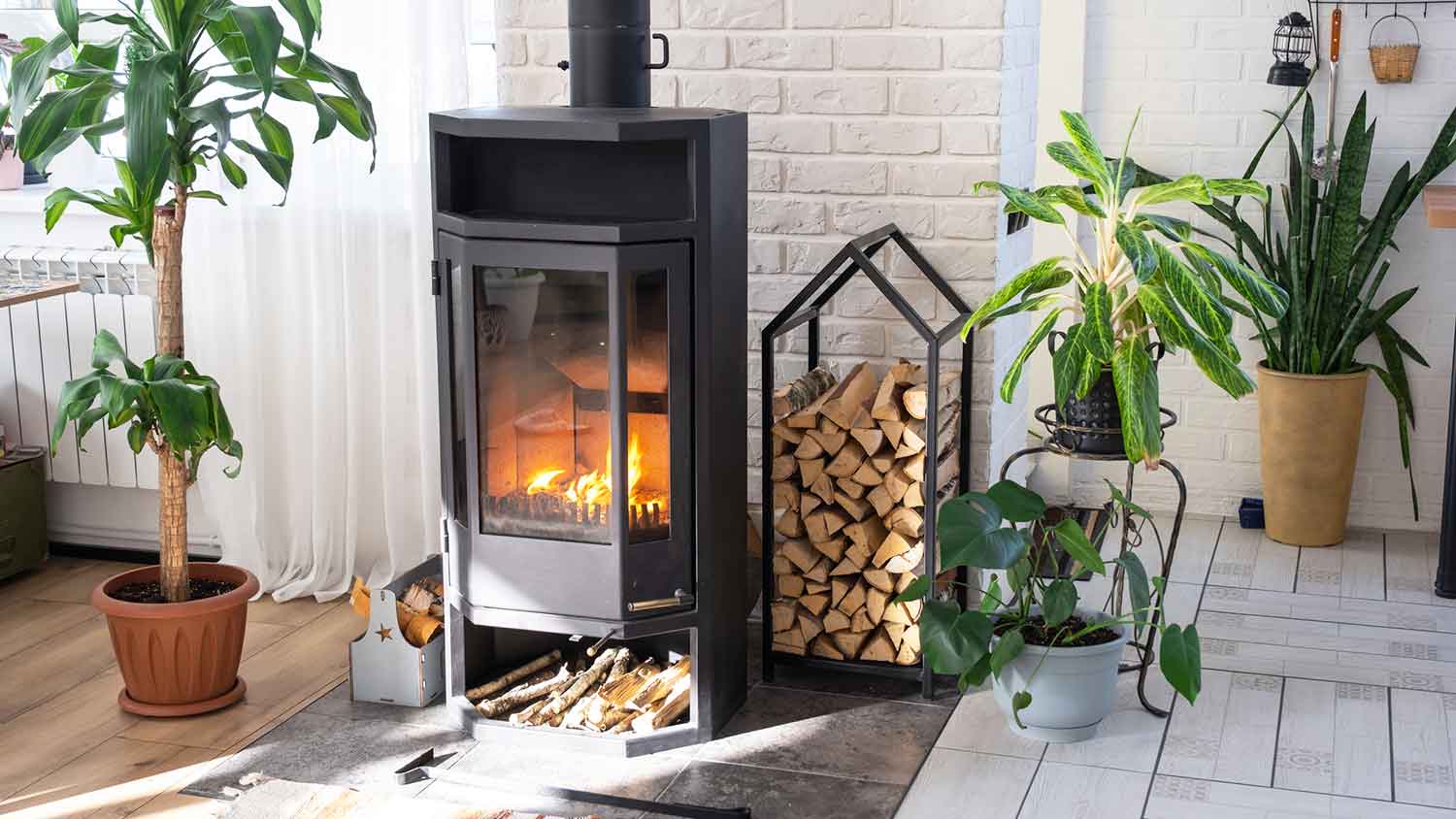
Steel wood stoves are the most affordable option on the market, offering a simple design and aesthetic. They’re also quicker than other materials to heat up and cool down. However, steel may be more liable to warp or become damaged over time than other materials, like cast iron.
| Pros | Cons |
|---|---|
| Affordable | Simple design may not appeal to some |
| Quick to heat up and cool down | Prone to warping and damage |
| Readily available from many brands | Heat levels can fluctuate during one burn |
Best for: Those looking for a simple wood stove at an entry-level price point
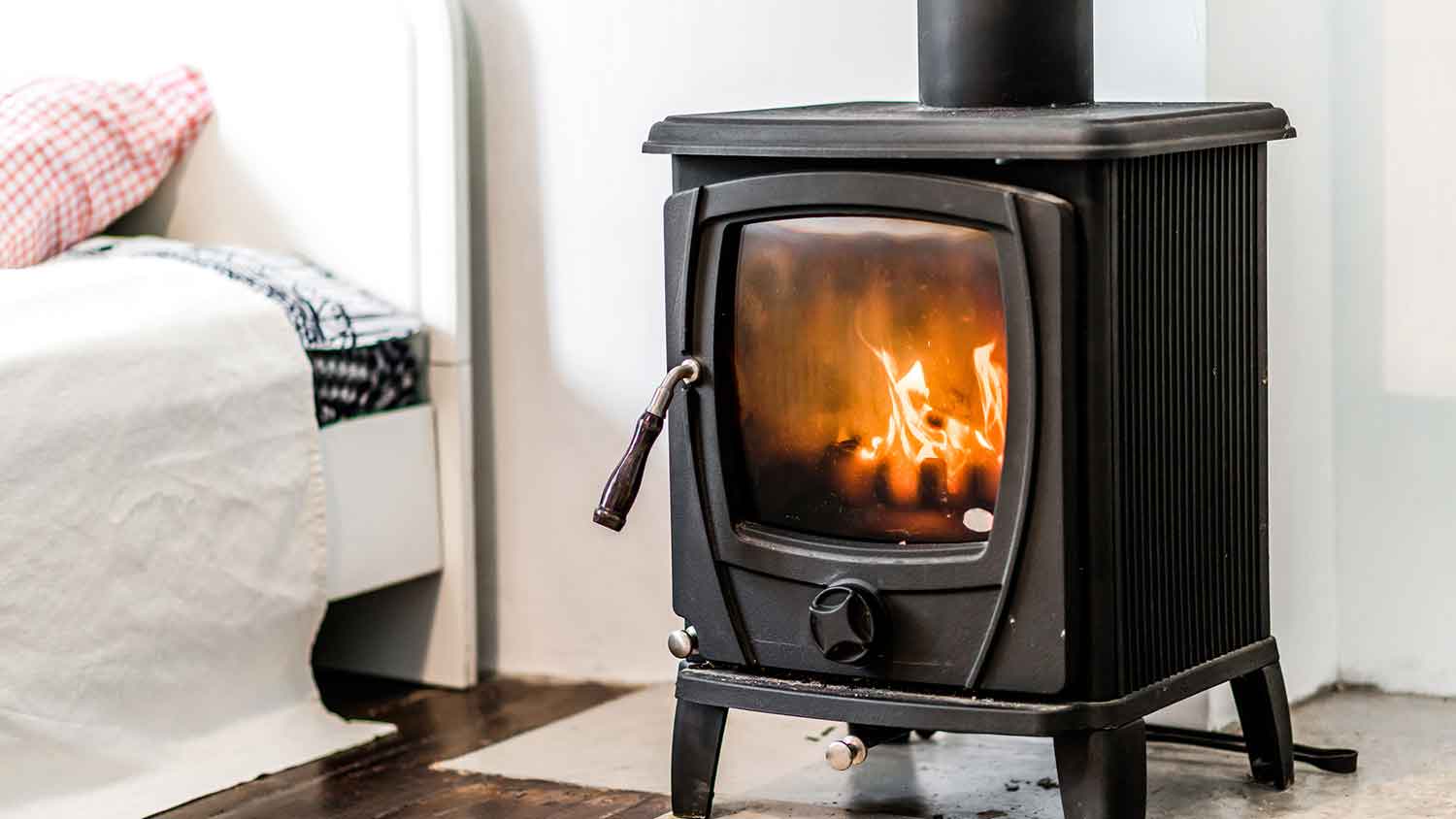
The most common material, cast iron marries durability with heat retention to create an ideal medium for a wood stove. Cast iron stoves can often be welded into beautiful and intricate designs, and they’re so sturdy that they tend to have very good durability and can last a lifetime if cared for properly. Of course, their heaviness makes them difficult to move, and they tend to be more expensive.
| Pros | Cons |
|---|---|
| Sturdy and long-lasting | Pricier than other types |
| Offers consistent and reliable heat | Take longer to heat up and cool down |
| Available in variety of designs | Heavy and difficult to move |
Best for: Those who like the appearance of cast iron and want a durable stove
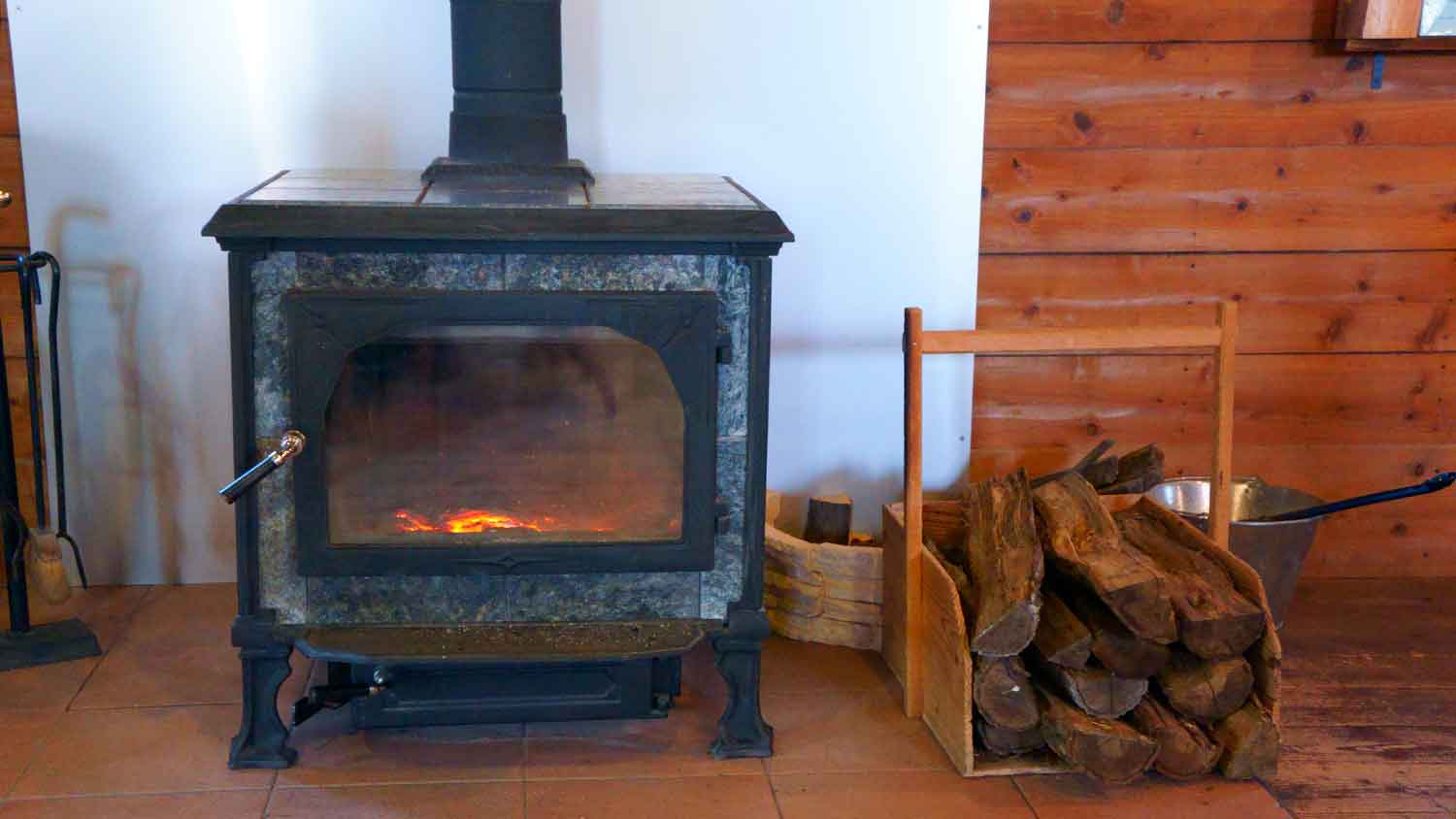
Soapstone wood stoves are the most efficient. Because soapstone is so dense and an excellent insulator, it retains heat for a very long time, offering a stove that can stay heated for days with a minimum fuel burn, even after the fire has gone out. Of course, such a finely tuned and robust device doesn’t come cheap—soapstone wood stoves tend to be an investment piece.
| Pros | Cons |
|---|---|
| Most efficient available material | Most expensive of the available materials |
| Can keep living areas warm for a long time with minimum fuel use | Fewer design choices |
| Maintains heat even after fire has been extinguished | Hard to cool down quickly when needed |
Best for: Those willing to invest in a top-of-the-line heating device
Wood stoves come in various sizes fit for heating different spaces. Some wood stoves even have cooktops for those hoping to use them as both a heat source and a way to make a meal.
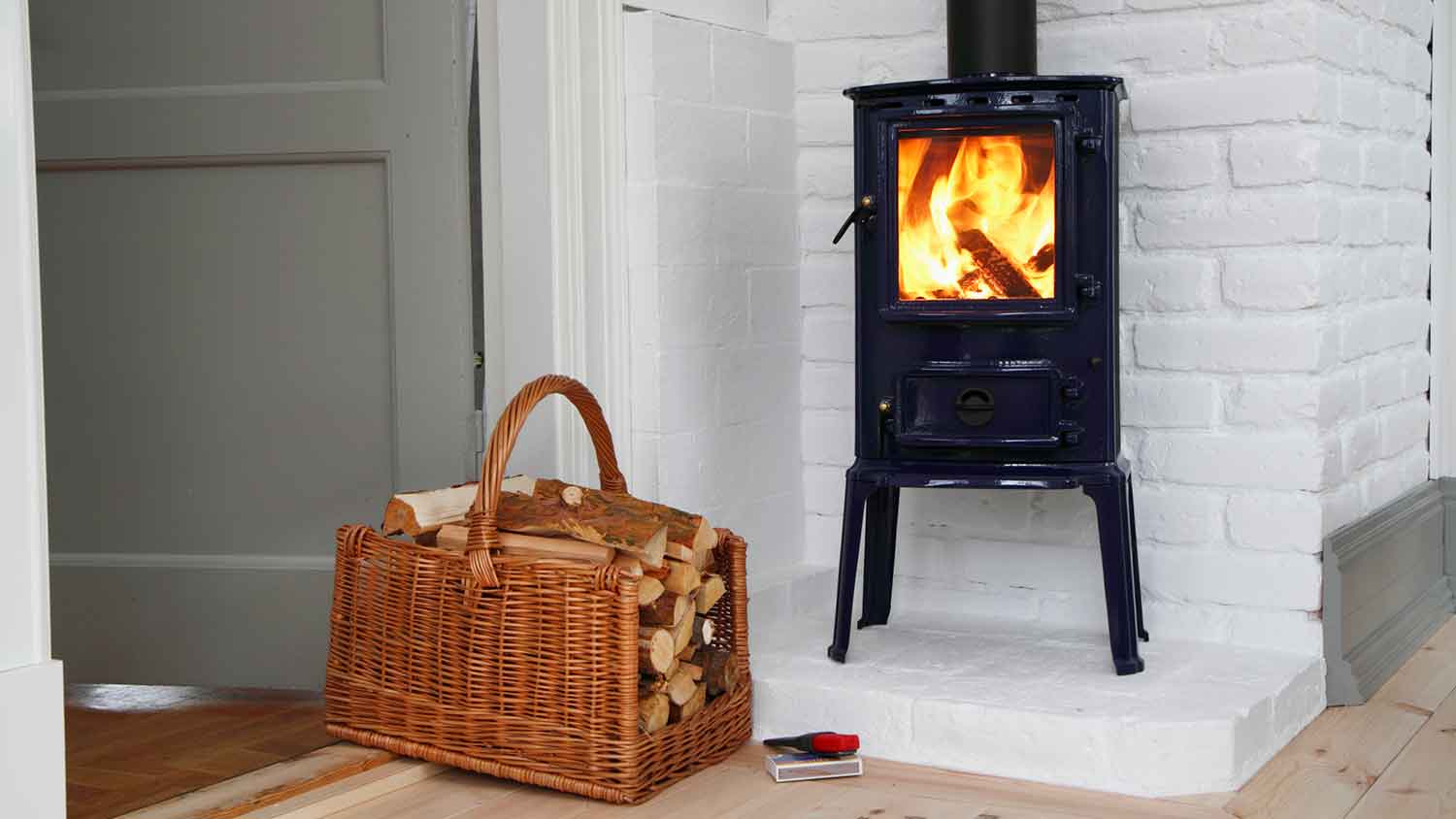
Single-door wood stoves are the simplest and most affordable on the market. However, they are less convenient to clean than wood stoves with two doors.
| Pros | Cons |
|---|---|
| Most affordable | Less convenient to load |
| Straightforward aesthetic | Less convenient to clean |
Best for: Those in need of a simple and affordable wood stove
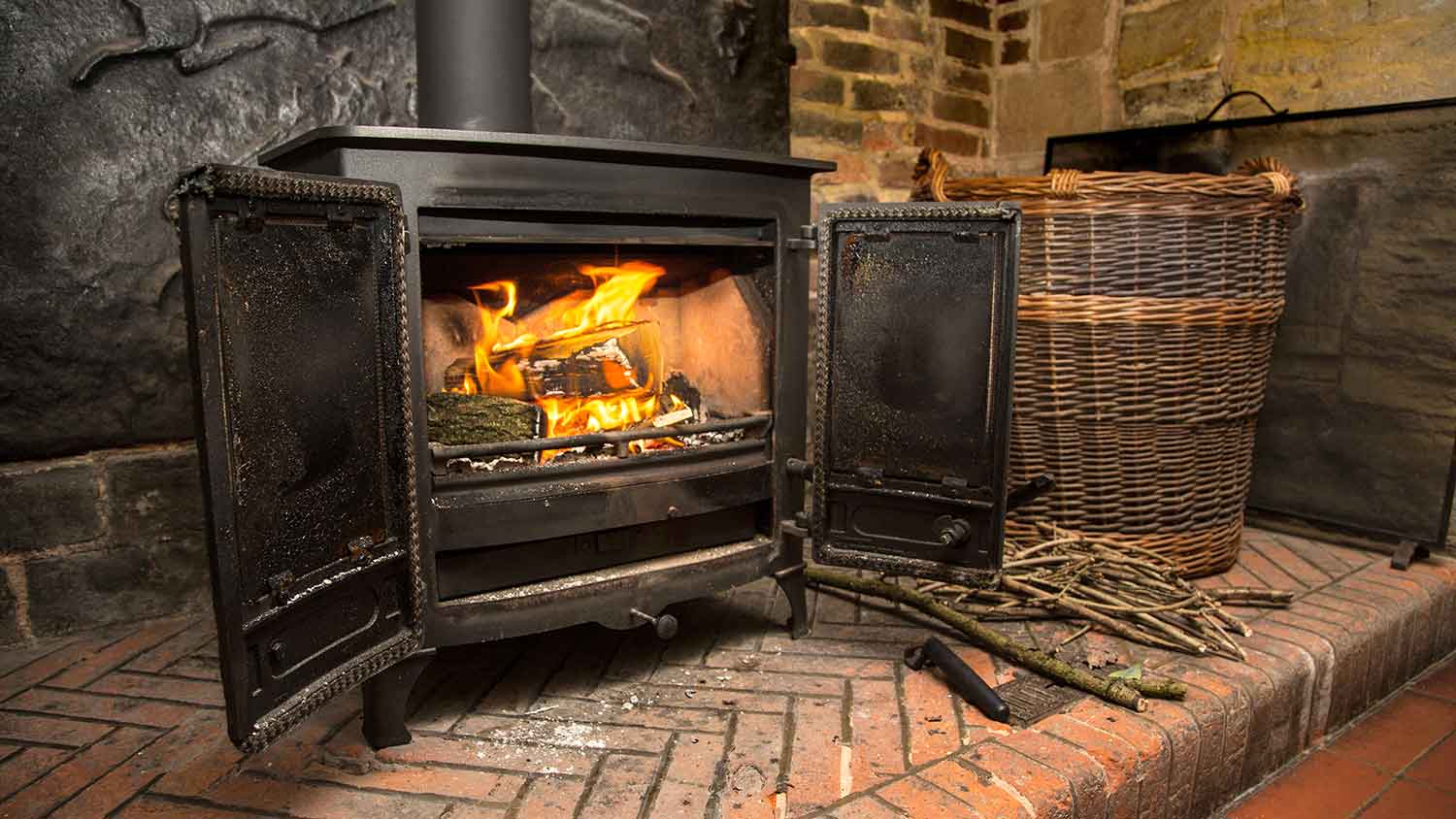
A double-door wood stove is more convenient to load and clean. However, the double door means it has two hinges to maintain, so you’ll need to keep on top of rusting, squeaking, or breaking. Furthermore, these stoves tend to be a bit larger than single-door wood stoves, and a bit more expensive.
| Pros | Cons |
|---|---|
| Easier to clean and load | More expensive than single-door wood stoves |
| More expansive aesthetic | More maintenance |
Best for: Those who want easier access to load and clean the inside of their wood stove
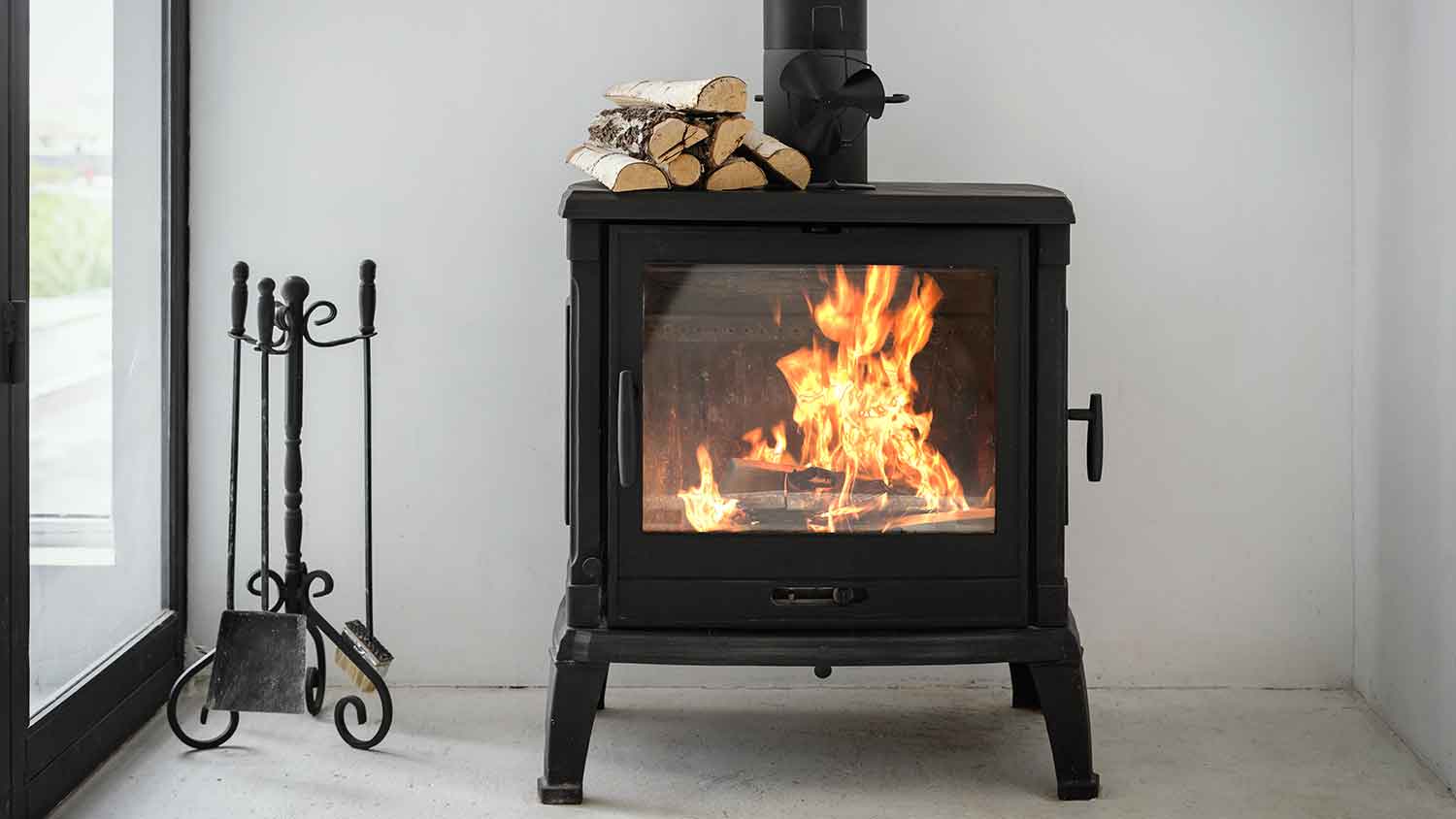
Although among the more expensive design choices for a wood stove, glass doors are highly prized by many—after all, who doesn’t want to gaze into their wood stove at the beautiful crackling fire? Aside from aesthetics, this design also allows you to see when it’s time to reload your fuel before you start to lose heat.
| Pros | Cons |
|---|---|
| Warm aesthetic with a visible fire | More expensive than other designs |
| Easy to tell when fuel is waning | Ash and soot are more visible |
Best for: Those who want the aesthetic of an open fire—without the mess
According to Angi data, 65% of homeowners reported having a freestanding stove, making it the most common stove style. In addition, 23% of homeowners requested installing a fireplace insert.
From average costs to expert advice, get all the answers you need to get your job done.

The cost to relocate washer and dryer hookups varies based on location, as well as whether your moving the appliances and adding new hookups. We’ve compiled a full price breakdown here.

Microwave replacements are relatively affordable compared to other appliances. Use this guide to learn how much they cost based on factors like type and labor.

One of the most common fridge problems is a blown compressor motor. Use this guide to determine the cost of replacing the compressor and to estimate the total cost of your repair.

Ready to upgrade your kitchen with a new stove? Review the pros and cons of these common types of stoves to find the right one for your cooking needs.

Learning how to determine washer box height in your laundry room will come in handy when you need to access your washer connections.

If you notice your dryer vent leaking water, you could be prone to mold growth and water damage. Use this DIY guide to remedy the issue right away.